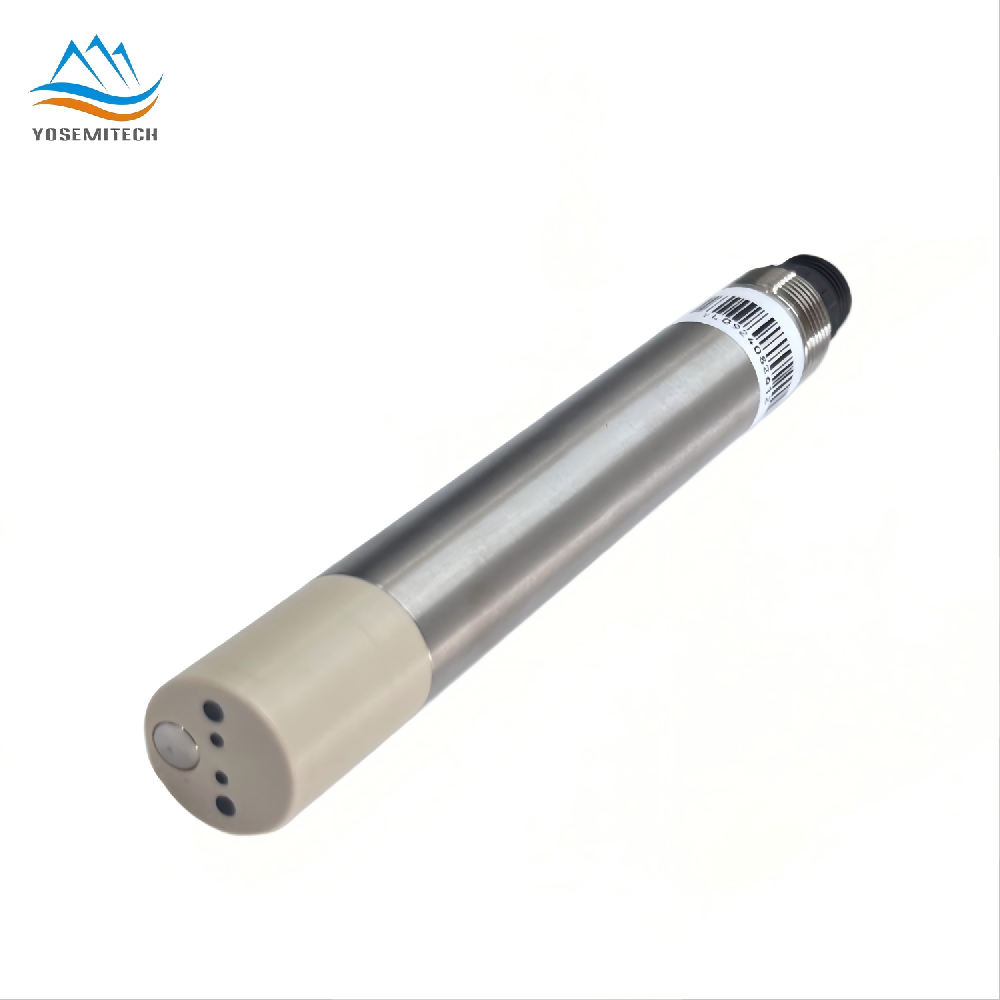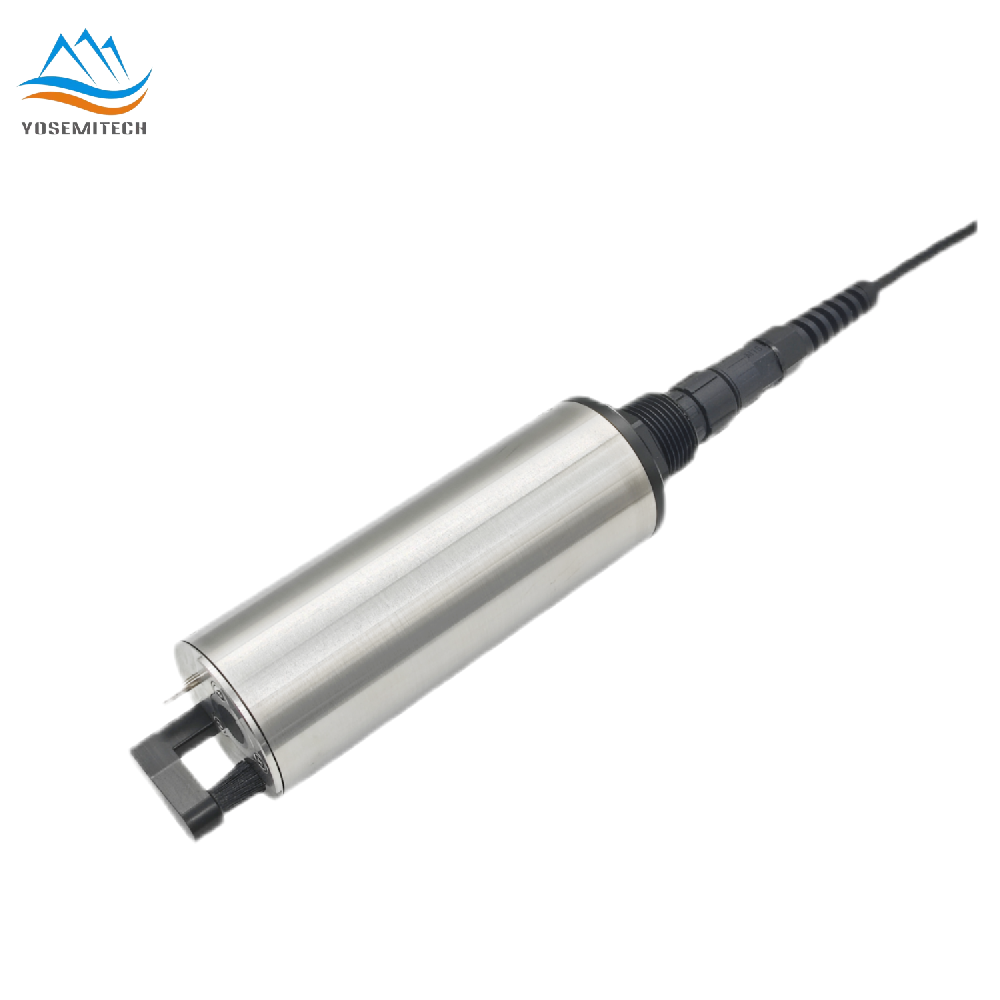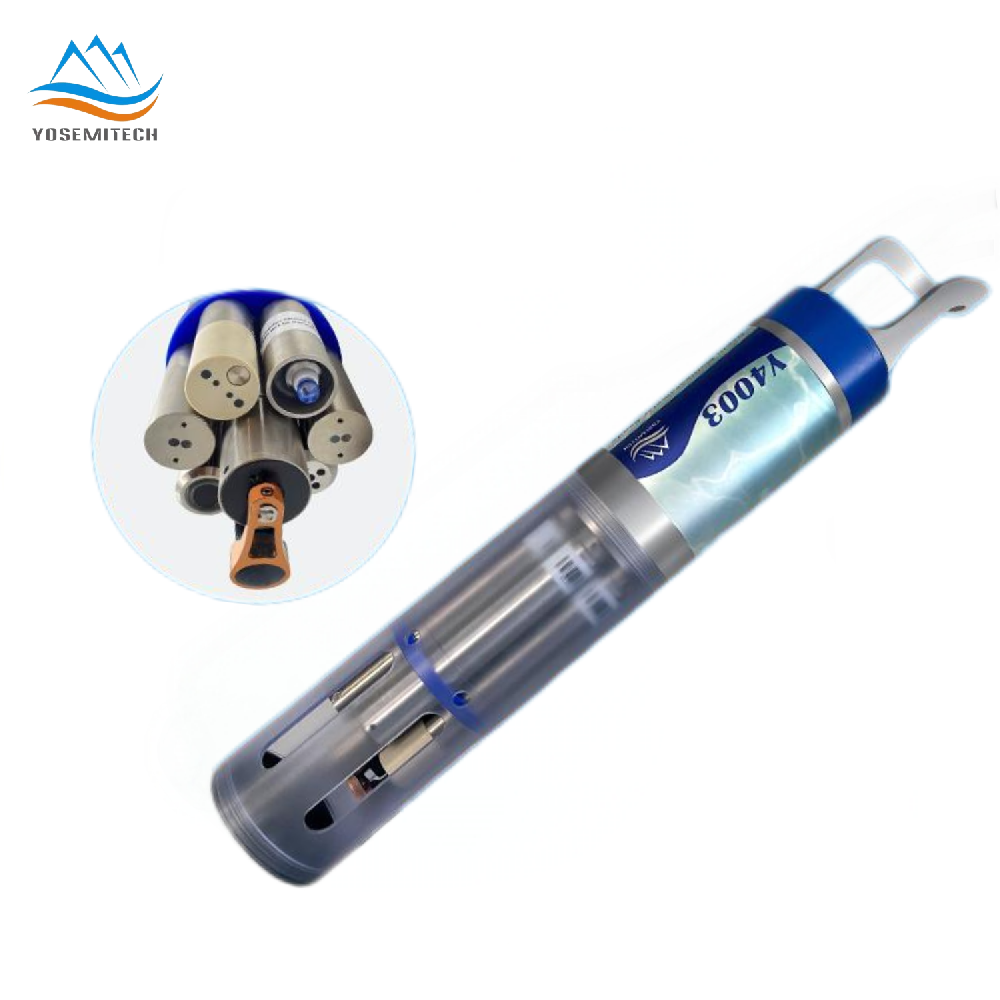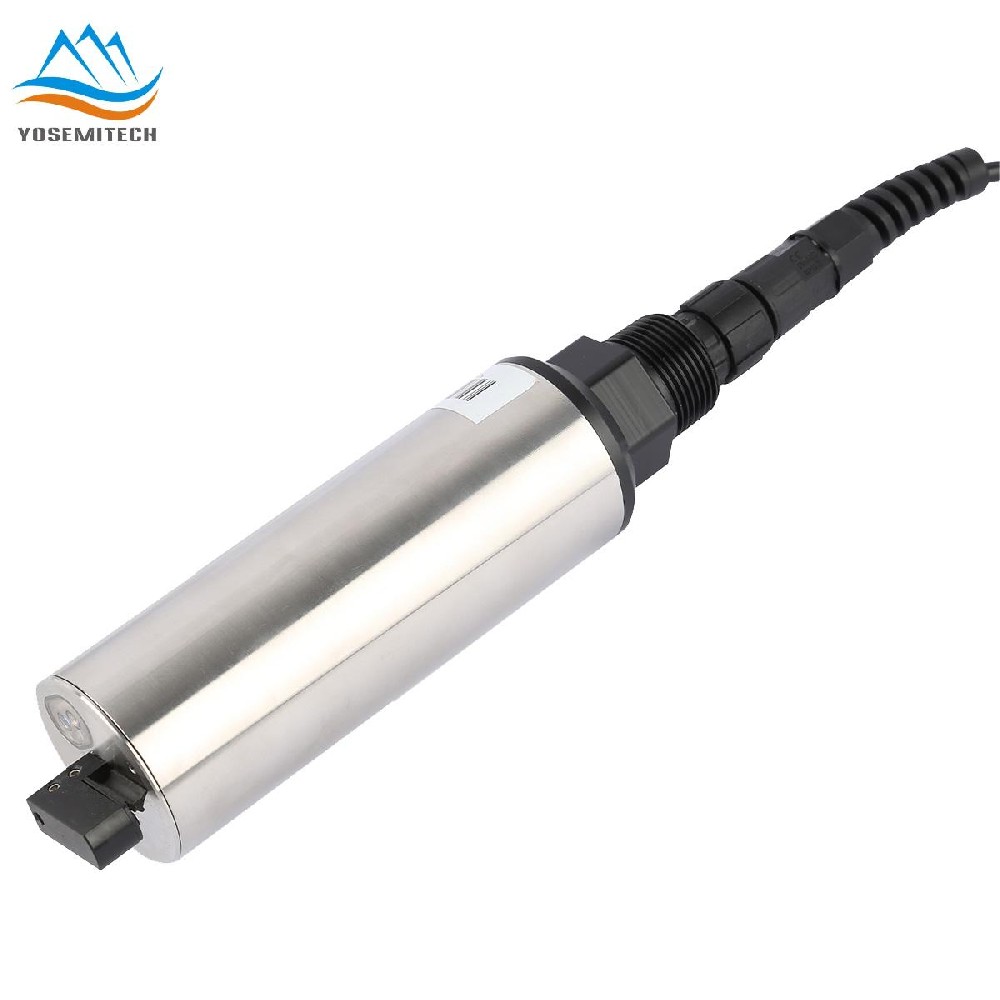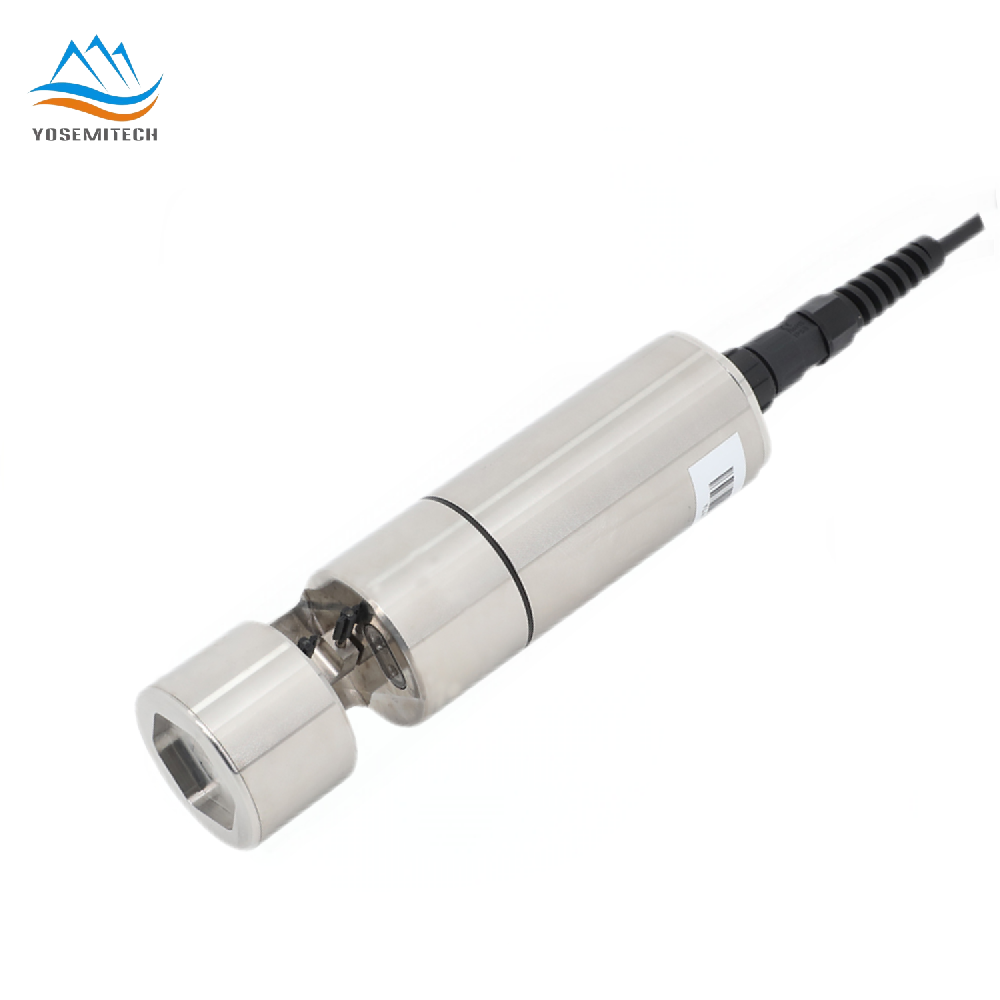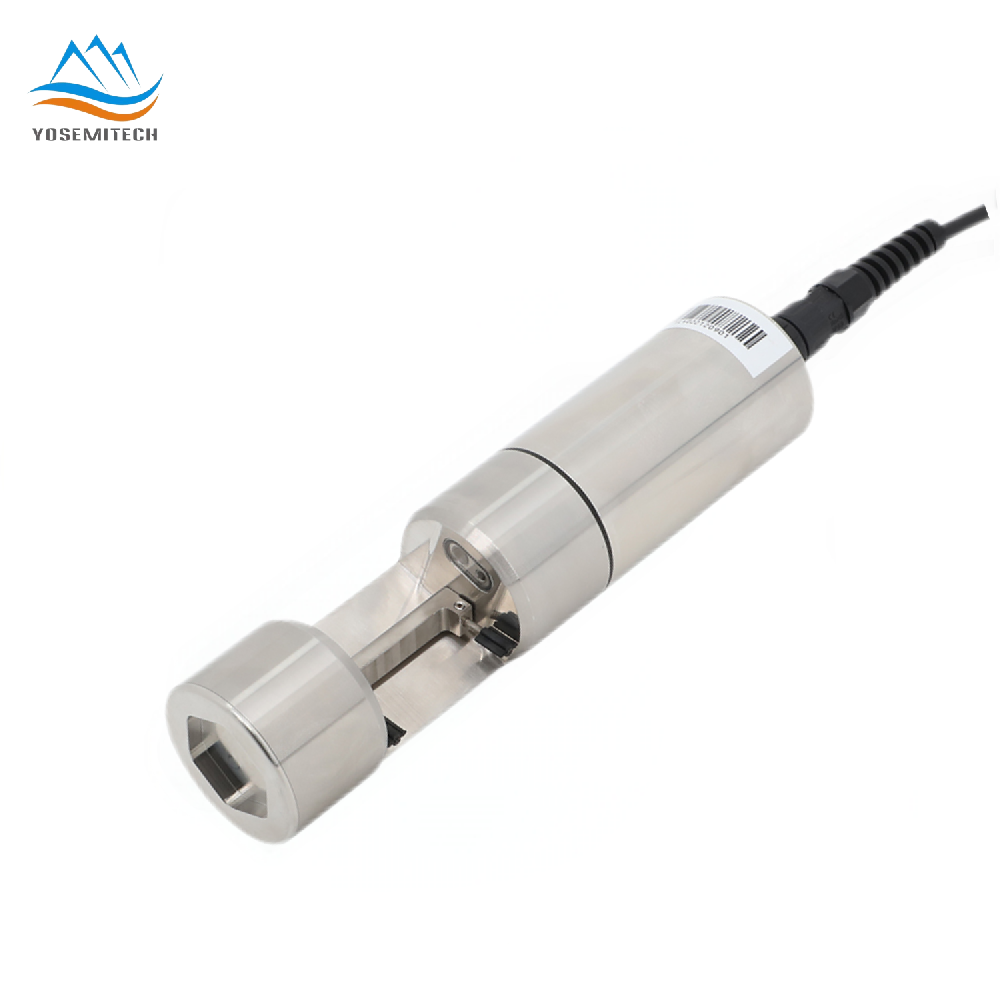Industry news
How to Use ORP Sensors for Better Pool Maintenance
Writer: admin Time:2024-10-15 14:35:07 Browse:1039℃
Maintaining a safe and clean swimming pool is crucial to guaranteeing good surroundings for users. One of the most effective instruments for monitoring pool water conditions is the ORP Probe. This blog will go over what ORP is, its importance in pool management, ideal ORP levels, variables influencing ORP readings, and precise ORP measurement techniques.
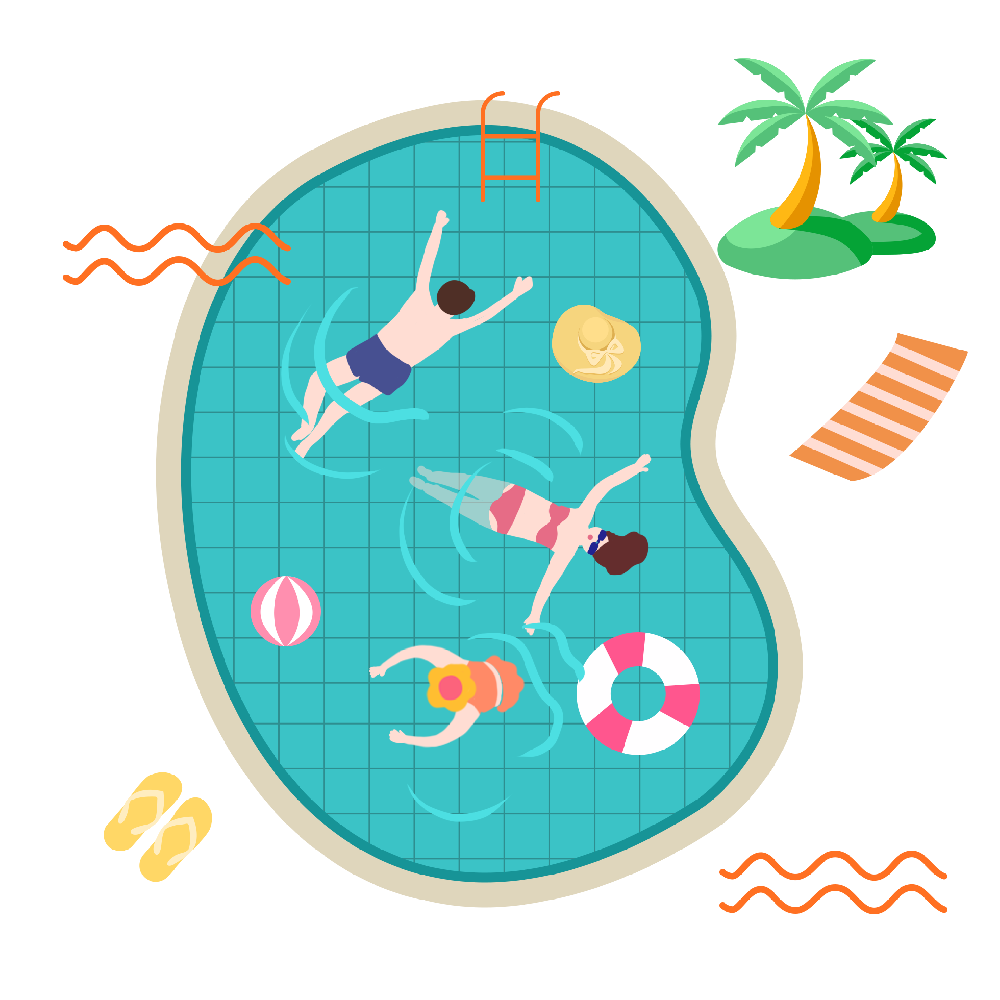
ORP: What is it?
Oxidation-Reduction Potential, or ORP, is a test of the water's capacity to either release or absorb electrons from chemical interactions. Said another way, ORP is the water's capacity to oxidize pollutants, therefore sterilizing itself. A higher ORP value indicates that the water kills more germs and other diseases, so it is a crucial factor for pool upkeep.
For what does ORP stand?
As shown, ORP is oxidation-reduction potential. This term originates from the chemical reactions in water, where oxidizing substances such as chlorine or bromine contribute electrons to pollutants, thereby neutralizing them. Measuring this potential in millivolts (mV), ORP sensors give a real-time signal of the water's sanitizing strength.
Ideal ORP levels for swimming pools
Maintaining the right ORP level is essential to guarantee the swimming pool water is safe. Pool water's perfect ORP range is between 650 and 750 millivolts. This range reasonably cleans the water, eliminating viruses and bacteria without unduly harshening swimmers' skin and eyes. Local regulations and the sanitizer type—chlorine, bromine, etc.—will lead to slight variations in these amounts.
Elements influencing ORP Reading
Several elements might affect the ORP value of your pool water. Knowing these elements will assist you in keeping accurate readings and modifying the pool's chemistry.
Sanitizer Concentration: The ORP reading of the water directly depends on the chlorine or bromine concentration. Usually, larger ORP levels follow from higher concentrations.
pH Levels: Sanitizers' efficacy may change with the water's pH. Chlorine, for instance, is most effective in the pH range of 7.2 to 7.6. The ORP value could be erroneous in either too high or too low pH conditions.
Temperature: The results of ORP can be affected by the temperature of the water. Warmer water can result in lower ORP levels due to the increased activity of pollutants.
Water Quality: ORP results may vary depending on the general quality of the water, including organic and inorganic pollutants.
Measurement of ORP:
Appropriate pool care depends on proper ORP measurement. This is a detailed walk-through guide on measuring ORP with an ORP sensor:
Select an ORP sensor: appropriate for the size and use of your pool. Make sure it can survive constant water exposure and is meant for aquatic surroundings.
Install the ORP sensor: somewhere where it may precisely gauge the water free from skimmers' or water jet influence. Install according to manufacturer directions.
Calibrate the ORP sensor: in line with manufacturer recommendations prior to use. This guarantees correct readings and supports your maintenance of the ideal ORP range.
Maintaining accurate readings and avoiding fouling depends on routinely cleaning and maintaining the ORP sensor. Clean and store according to manufacturer advice.
Reading the ORP values consistently is important. Change the sanitizer concentration if the measurements lie beyond the ideal range. On the other hand, if the readings are too high, you may need to lower the sanitizer dose to prevent swimmer irritation.
Conclusion
One great approach to guaranteeing your swimming pool stays safe and clean for swimmers is by using ORP sensors. Understanding ORP, maintaining optimal ORP levels, and accurately assessing ORP will significantly improve your pool care schedule. Recall to take into account elements influencing ORP readings and schedule routine maintenance on your ORP sensor to maintain proper operation. These techniques will help you and your guests to enjoy a better, more fun swimming experience.
Related articles:
https://e.yosemitech.com/industry/Difference-Between-pH-and-ORP-How-They-Influence-Water-Quality.html
https://e.yosemitech.com/industry/WhatistheworkingprincipleofanORPmeter.html
CATEGORIES
CONTACT US
Yosemitech Technologies Co., Ltd
 +86 19984844080
+86 19984844080
 sales@yosemitech.com
sales@yosemitech.com
 Bldg,25,CECEP Industrial Park, No. 18 Dongchang Rd. Suzhou Industrial Park, Jiangsu Province,China 215126, China
Bldg,25,CECEP Industrial Park, No. 18 Dongchang Rd. Suzhou Industrial Park, Jiangsu Province,China 215126, China
